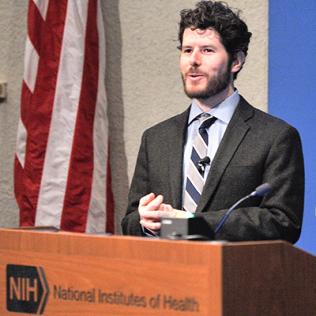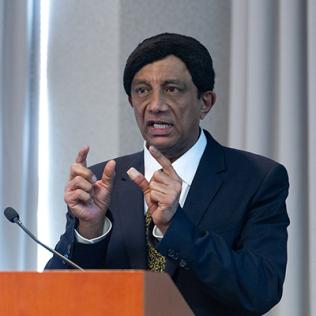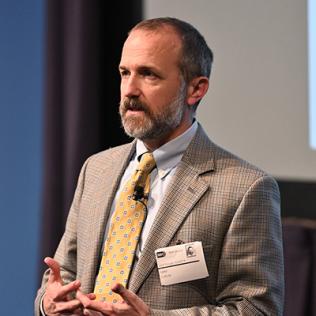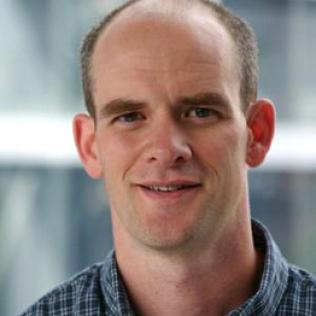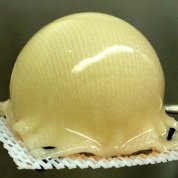
On the Cover
Stem cells engineered to grow cartilage. A scaffold was shaped over a mold, attached to mesh and seeded with stem cells. After 38 days in culture, the stem cells had grown to create a smooth, glistening surface. This process may lead to treatments for hip osteoarthritis that avoid the need for extensive hip replacement surgery.
guilak lab, washington university with funding from NIAMS


